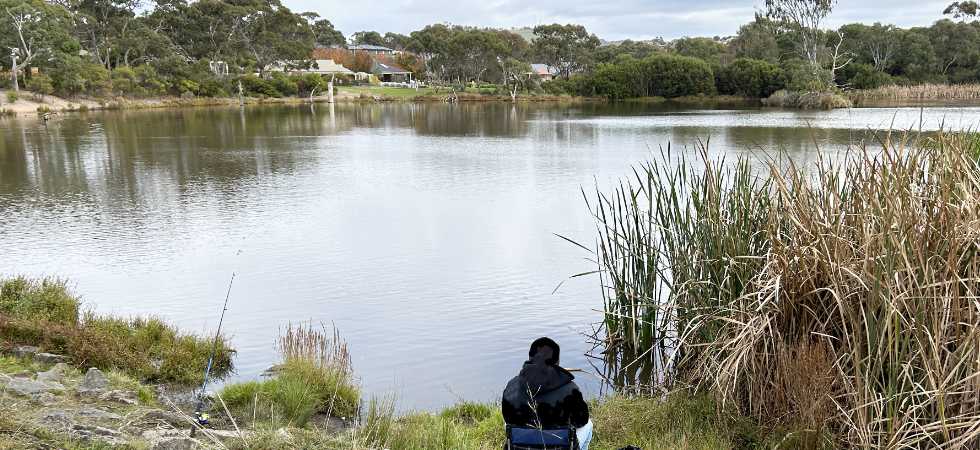The size and depth of Sunbury’s Spavin Lake means it is susceptible to water quality issues, says a Hume City Council spokesperson. But a review is under way.
The general condition of the lake’s water came to light last week when a swan was re-introduced to the local beauty spot by Melbourne Zoo after being treated for zinc poisoning. There is nothing to indicate the lake has zinc, says the council, but it does have a problem with potentially toxic cyanobacteria (blue-green algae).
“A funding submission has been made to the Australian Government Urban Rivers and Catchments Funding Program to further investigate and implement water quality improvements,” says a council spokesperson.
“Council has a Blue Green Algae Management Plan, which was developed with Department of Energy, Environment and Climate Action guidance. Council manages [algae] blooms according to the plan. This includes water quality testing when a potential bloom is identified.”
Council last tested water in March and blue-green algae was detected and warning signs erected. A council spokesperson says testing on Wednesday 15 May showed the algae was no longer present. The algae can be present even when it is not visible.
The spokesperson says the size of the lake makes aeration/recycling impractical and that the lake’s artificially constructed islands disrupt the flow of water around the lake. Spavin Lake covers 3.4 hectares and normally contains more than 44 million litres of water, equivalent to almost 18 Olympic swimming pools.
“Council is currently looking into a number of options to improve water quality at the lake,” says the spokesperson.
In regard to the swan suffering high levels of zinc…Council says there are no obvious sources of zinc in the lake’s catchment, which is residential, and fed by Kismet Creek.
“No other animals or birds at Spavin Lake have symptoms of zinc poisoning,” says the spokesperson. “As such we can’t assume the swan picked up the zinc from Spavin Lake. Given they are migratory birds it could have been exposed to zinc somewhere else.”
- See our report on the sick swan here.
- A request to change the name of Spavin Lake to Lake McKerrow was refused by the council in May 2023.
- Spavin Lake Environmental News on Facebook.
- Further reading here.


